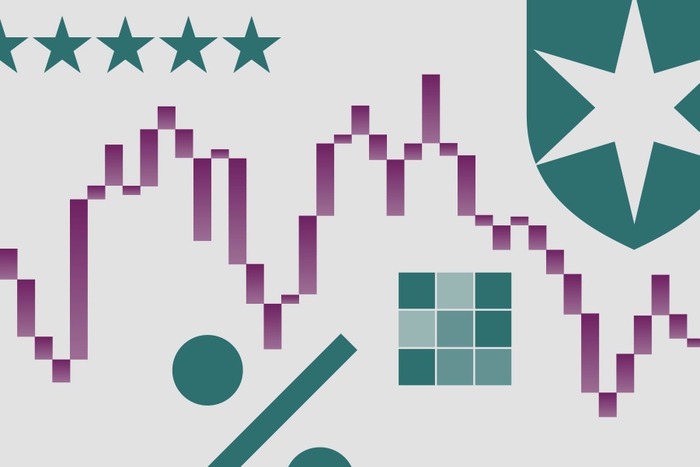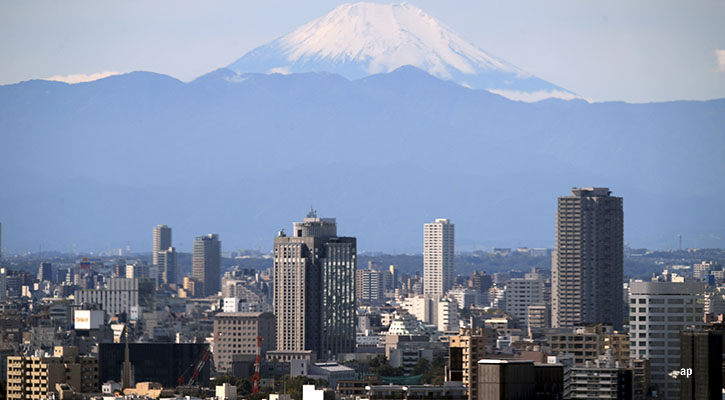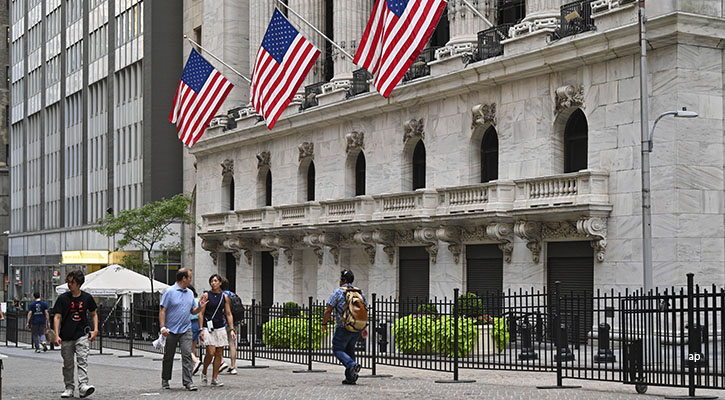
Report Release Date: 18 June 2010
Analyst: Alex Prineas
Morningstar Opinion
A poor 2009 doesn't dent our longer-term view of Schroder Emerging Markets Debt Absolute Return.
Although it delivered a decent positive return in 2009, the fund trailed its category peers by nearly 15 percentage points. But that is far from the whole story. In keeping with the fund’s name, the managers use cash to play defense in order to try to deliver positive returns each calendar year, and this
sets the fund apart from its average peer. Although the fund's defensive positioning held it back in 2009, it helped it beat its average peer by 16 percentage points in 2008’s downdraft.
That strong showing owes much to the fund's managers. Headed by Geoff Blanning, the four-strong team boasts an average investment experience exceeding 17 years and has stayed intact for more than 10 years at Schroders. Each manager has specific geographic analytical responsibilities, which has built continuity and depth of local-market knowledge that is rare in this space. They focus on government issues rather than corporates, as they recognise this is their area of expertise.
The team members use a solid process that pays scant heed to the benchmark. Four key factors are considered in their analysis: fundamentals, quantitative measures, charts/momentum, and sentiment. The analysts undertake their own research but they also source information from country visits during which they will interview key individuals such as IMF representatives, journalists, local businesses, and bank managers. They will invest, subject to portfolio controls, when the return potential is high relative to perceived risks, but they will hold cash or other defensive investments if not.
Recent portfolio activity demonstrates this well; having participated in the early part of the 2009 rally, they became cautious, with problems in Greece viewed as symptoms of a broader debt crisis. Consequently, they increased cash to approximately 35% by 21 May 2010 and cut external debt (EM bonds issued in non-EM currencies such as USD) to below 5%. They had a significant holding in local EM debt (almost 50% as at 21 May) but this was mostly currency-hedged. Such a stance held them back in the rally. But as the Greek crisis has spread, the fund has beaten the category average from 1 March to 31 May--a reminder of the team’s proven ability to protect investors’ capital well.
One caveat: The fund’s TER is much higher than the category median. High expenses are always of concern, and particularly so for bond funds, where returns are constrained and so more easily eroded by high fees.
Nevertheless, we note the volatility of the asset class and the fund's large active positions should be sufficient to compensate if implemented well. In all, the fund has sufficient strengths to qualify for our Superior rating and should offer much to investors looking to invest in EM debt while retaining downside protection.
To learn more about the fund, please click here.
To read the summary report, please click here.

















